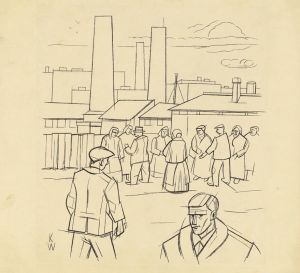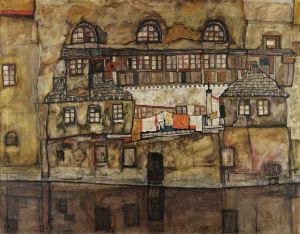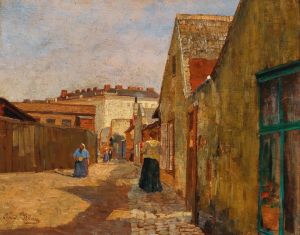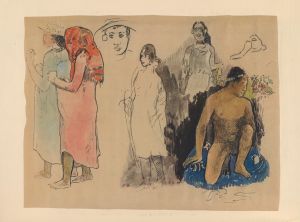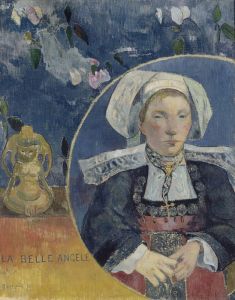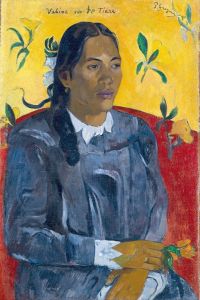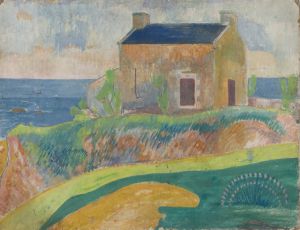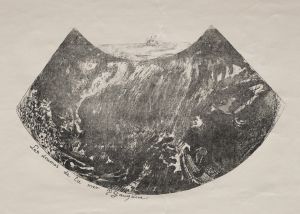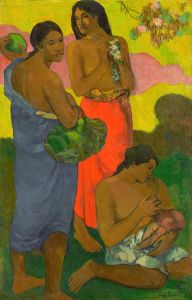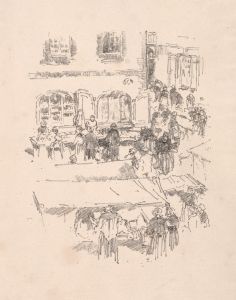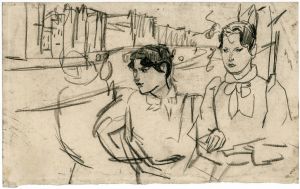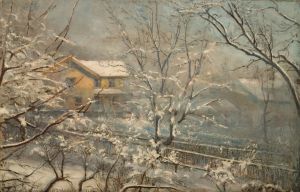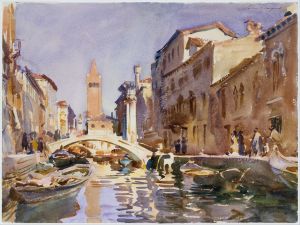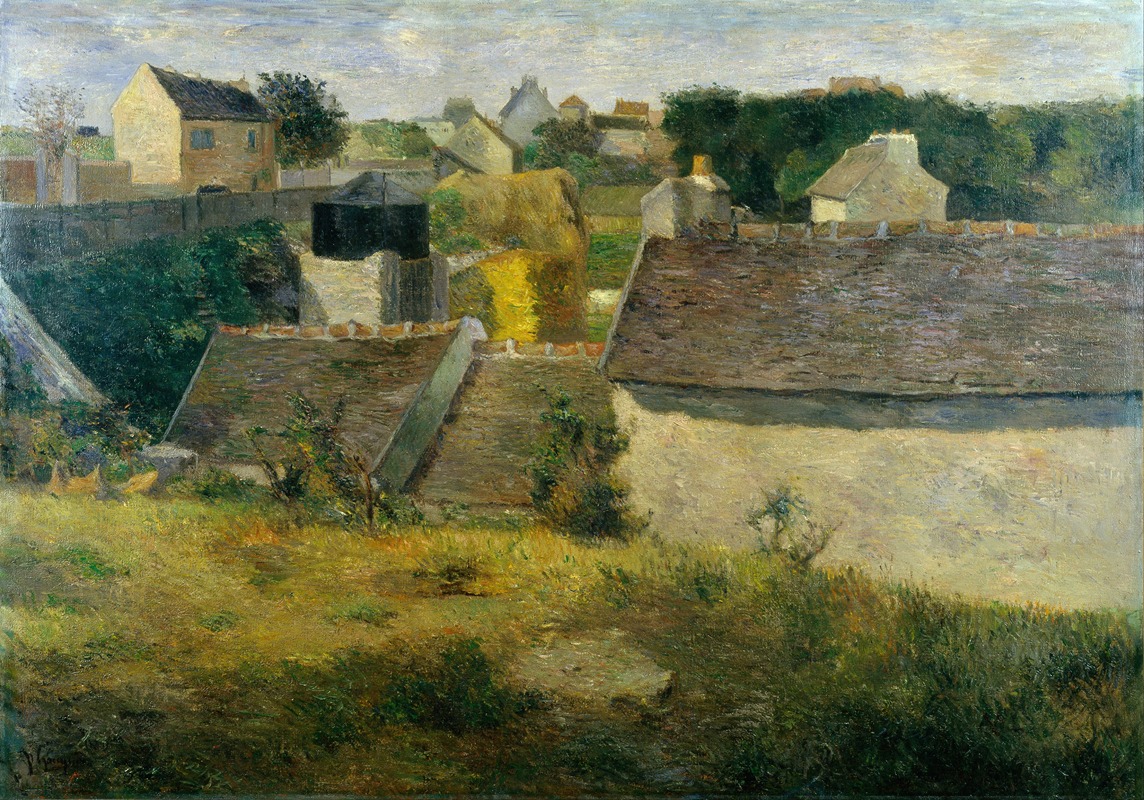
Houses at Vaugirard
A hand-painted replica of Paul Gauguin’s masterpiece Houses at Vaugirard, meticulously crafted by professional artists to capture the true essence of the original. Each piece is created with museum-quality canvas and rare mineral pigments, carefully painted by experienced artists with delicate brushstrokes and rich, layered colors to perfectly recreate the texture of the original artwork. Unlike machine-printed reproductions, this hand-painted version brings the painting to life, infused with the artist’s emotions and skill in every stroke. Whether for personal collection or home decoration, it instantly elevates the artistic atmosphere of any space.
Paul Gauguin's Houses at Vaugirard is a painting created in 1879 during the early stages of the artist's career. This work reflects Gauguin's initial exploration of Impressionism, a style that was influential in his development as a painter. At the time, Gauguin was still working as a stockbroker and painting in his spare time, influenced by his interactions with Impressionist artists such as Camille Pissarro, who served as a mentor to him.
The painting depicts a quiet suburban scene in Vaugirard, a district in the southwestern part of Paris. During the late 19th century, Vaugirard was a semi-rural area that offered a peaceful retreat from the bustling city. Gauguin's choice of subject—a group of houses surrounded by greenery—demonstrates his interest in capturing the simplicity and tranquility of everyday life. The composition features a harmonious arrangement of buildings and natural elements, rendered with soft, diffused light that is characteristic of Impressionist techniques.
In Houses at Vaugirard, Gauguin employs a palette dominated by earthy tones and muted colors, which contrasts with the brighter, more vibrant hues he would later use in his Post-Impressionist works. The brushwork is loose and fluid, emphasizing the atmospheric quality of the scene rather than precise detail. This approach aligns with the Impressionist focus on capturing the fleeting effects of light and atmosphere.
This painting is significant as it marks a period when Gauguin was still developing his artistic identity. While he had not yet adopted the bold, experimental style for which he would later become famous, Houses at Vaugirard provides insight into his early influences and the foundational skills he honed during this time. It also reflects his growing interest in landscapes and rural settings, themes that would remain central to his work throughout his career.
Today, Houses at Vaugirard is recognized as an important example of Gauguin's early work. It offers a glimpse into his artistic beginnings and the formative years that shaped his evolution into one of the leading figures of Post-Impressionism. The painting is held in a private collection and is not frequently exhibited, making it less well-known than many of Gauguin's later masterpieces. Nonetheless, it remains a valuable piece for understanding the trajectory of his artistic journey.





